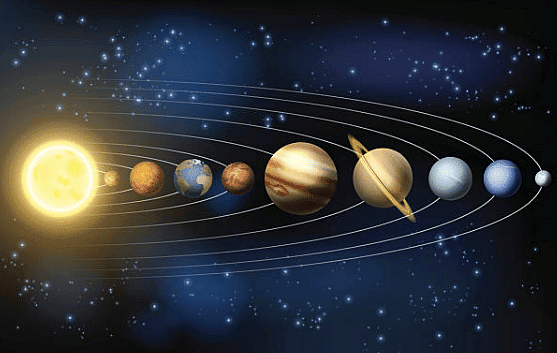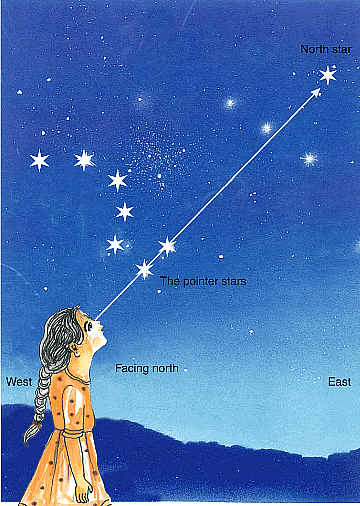The Earth in the Solar System Class 6 Worksheet Geography Chapter 1
 Q1: State True (T) or False (F)
Q1: State True (T) or False (F)
(i) All the planets move around the sun in an elongated path. ________
(ii) It is huge and made up of extremely hot liquids. ________
(iii) The word „planet‟ comes from the Greek word “Planetai” which means „wanderers‟. ________
(iv) The moon is in the centre of the solar system. ________
(v) Till recently (August 2006), Pluto was also considered a planet. ________
Q2: Fill in the blanks
(i) The North Star indicates the ___________direction.
(ii) The sun is in the _________of the solar system.
(iii) We can see the full moon only once in about a ____________ time.
(iv) Full moon night is also known as _________________.
(v) Ursa Major or Big Bear is a ______________________.
(vi) ________________was a famous astronomer of ancient India.

Q3: Answer the following questions
(i) Name the natural satellite of the earth?
(ii) Who are called astronomers?
(iii) Name few dwarf planets.
(iv) How long does it take for the moon to complete one revolution?
(v) What is a galaxy?
(vi) Which is the third nearest planet to the sun?
(vii) What is a geoid?
(viii) How can we locate the position of the pole star?
(ix) Which is the closest celestial body to our earth?
(x) How much time light takes to reach the earth?
(xi) How long does it take to go from a new moon to a full moon?
(xii) Where are the most asteroids found?
(xiii) What cast shadow on the moon?
(xiv) How many times can we see full moon in a month time?
(xv) What is the speed of light?
(xvi) Why do the stars look so small in the sky?
(xvii) What is a Pole Star?
(xviii) From where does Earth receive heat and light?
You can find Worksheets Solutions here: Worksheet Solutions: The Earth in the Solar System
FAQs on The Earth in the Solar System Class 6 Worksheet Geography Chapter 1
| 1. What is the position of the Earth in the Solar System? |  |
| 2. How does the Earth orbit around the Sun? |  |
| 3. What is the significance of the Earth's tilt? |  |
| 4. What is the Earth's atmosphere composed of? |  |
| 5. How does the Earth's magnetic field protect us? |  |






















